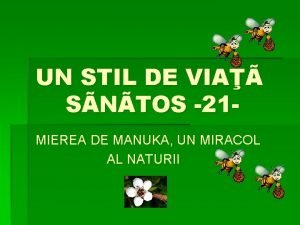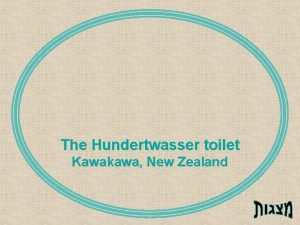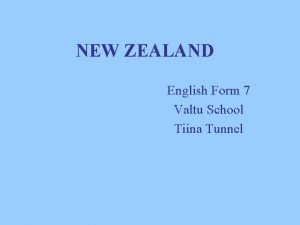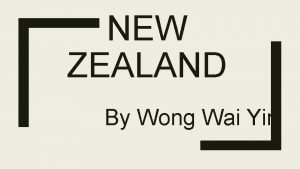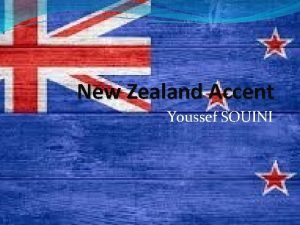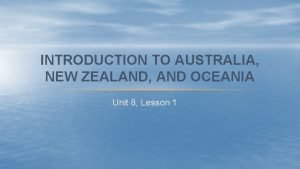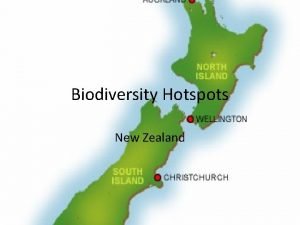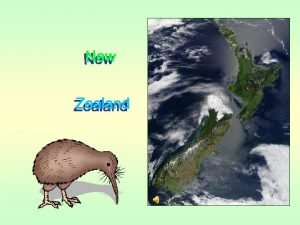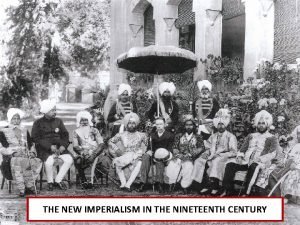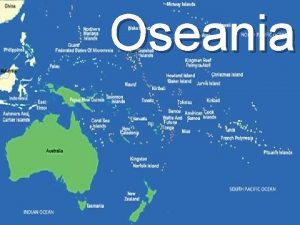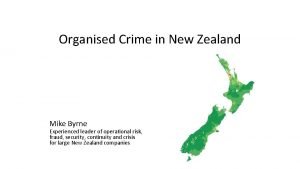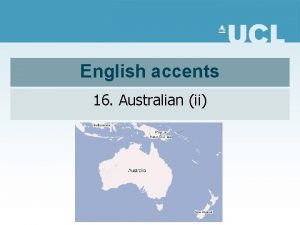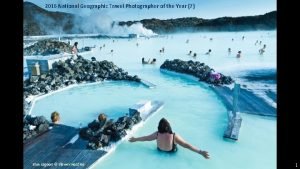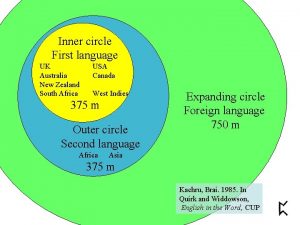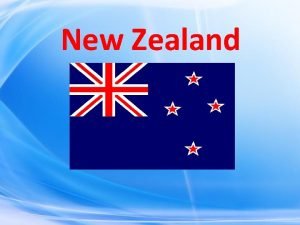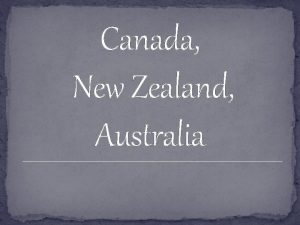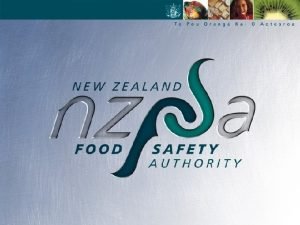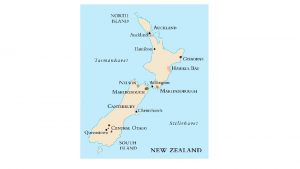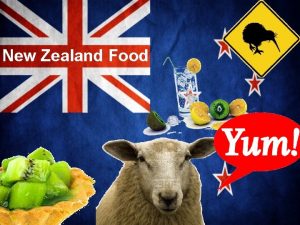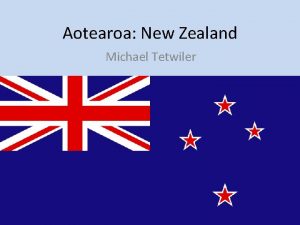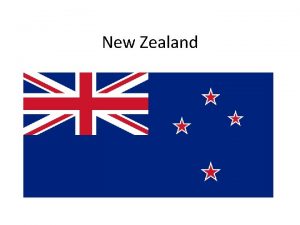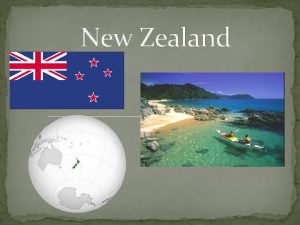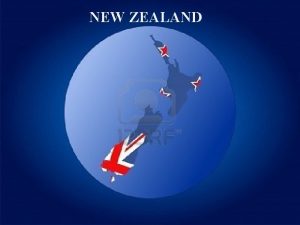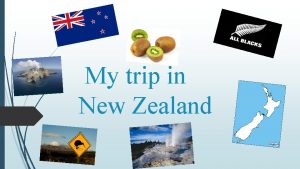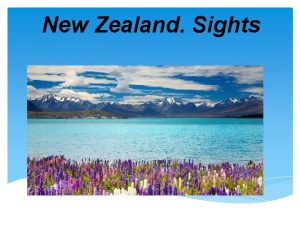Manuka Oil Production StrategyMarketingProducts New Zealand Manuka Ltd



























- Slides: 27

Manuka Oil Production. Strategy–Marketing–Products New Zealand Manuka Ltd.

New Zealand Manuka Bioactives Background • Established as Coast Biologicals in 1978 to process Agar Seaweed. • Coast Biologicals started processing East Cape Manuka Oil in 1996/97. • Developed new large scale commercial oil fractionation plant in 2008. • Coast Biologicals purchased by New Zealand Manuka in 2013. • More than 20 years technical expertise and know how

Manuka Oil Background • The medium scale commercial production of Manuka oil in NZ is 20+ years old. • New Zealand produces and markets between 4 and 5 tonnes of manuka Oil per year. • The two largest producers of manuka Oil in NZ are Tairawhiti Pharmaceuticals and New Zealand Manuka (90%+). • Manuka Oil is marketed globally in the Essential Oil market sector. • Essential Oils have an established market criteria that oils must conform too. • Steam extraction is the accepted method for extracting the stable compounds in essential oils.

Existing After-harvest Process

Manuka Oil Harvesting • New Zealand Manuka oil is currently produced exclusively from wild harvest manuka. • Wild harvest manuka oil yields range between 2 -5 kg/tonne of brush depending on season. • Year round cost of production for wild harvest manuka can exceed $400/kg. • Wild harvest has historically relied totally on hand harvesters for harvesting. • A hand harvesting team of 2 or 3 will harvest around 1 tonne of brush per day. • For a 2 tonne brush batch - brush to oil - there can be up to 9 people involved in a single days production - 4 -6 x harvesters, 1 x transport, 2 x mulch and production. • Recent years has seen the development of a limited amount of mechanical harvesting. • One mechanical harvester can do more than double the production of hand harvesters.

Typical hand harvest regime

Mechanical harvesting regime

Australian Tea Tree Oil • Australia has had an established plantation based Tea Tree Oil (Melaleuca) industry for more than 20 years. • With the collapse of the tobacco industry the Australian government subsidised and incentivised the accelerated development of the TTO plantation industry • In 1998 over supply of TTO to the market lead to a total industry collapse - Tea tree oil crisis BY KEVIN ELSLEY 23 Nov, 2000 Project facilitator, Pat Bolster, said with over supply went under demand. "Demand for tea tree oil had not fallen but there was not enough marketing and promotion activity. • Prices fell from $70 -$90/kg to less than $10 AUD/kg and 1000’s of ha’s of TTO plants were pulled out • It has taken more than a decade to rebuild the industry after the collapse and even today is still only half the value it was pre collapse.

Tea Tree Oil Plantations

Australian Tea Tree Oil • Last year Australia sold approx. 540 tonnes of Tea Tree oil. • The average sale price was around $42 AUD/Kg. • Mechanised processing methods allows for highly efficient localised harvesting of TTO. • Significant volumes can be harvested and extracted under this regime eg One person can harvest and extract around 12 tonne of brush per day A two person team can harvest and extract 30 t/day Large scale operations using combined harvesters can achieve up to 200 t/day

Single Operator 12 ton per day Harvest and Extract

Two Operators 30 ton per day Harvest and Extract

Localized Oil Extraction Multiple Operators 200 ton per day Harvest and Extract

NZ Manuka Oil v’s Australian Tea Tree Oil • NZ Manuka oil currently occupies a limited volume niche market space. • NZ Manuka oil with its Triketones is particularly effective on gram positive bacteria • Tea tree oil is particularly effective on gram negative bacteria and competes directly with Manuka oil in the market. • Australia sold 540 tonnes of Tea Tree oil last year compared to NZ’s 4 -5 tonne Manuka Oil • NZ Manuka oil has sold for an average value of around $480/kg • There is a lot of resistance in the market for volume growth at these values • Australian Tea Tree Oil sells ex farm for an average price of $42 -$50/kg

At a 4% dilution in a skin cream NZ Manuka oil is more than 10 times the cost of TTO as an ingredient 100 ml bottle TTO as ingredient @ 4% = $0. 17 at cost before any retail mark-up 100 ml bottle Manuka oil as ingredient @ 4% = $2. 00 at cost before any retail mark-up

MTK vs. Relative MBC Concentration E. coli A. strep P. acne T. mento M. canis Relative MBC Concentration MRSA 0. 00 5. 00 10. 00 15. 00 20. 00 Manuka Beta-Triketones % (MTK) 25. 00 30. 00 35. 00

Adding Value through fractionation Fractions include: - Antibacterial Triketones - Insect lures - Perfumery - Low Aroma

Preserving value through Quality Assurance Rigorous quality testing through our own internal laboratory ensures only high quality Oils are sent to market

Some existing products (limited range)

Investment in Innovation and new product ideas is the Key to our future New Zealand has a 20 year head start

New Product Ideas and Ranges

NEW TECHNOLOGIES FROM OIL Wound Dressings Face Masks Ventilation Filters Building Ventilation Advanced Product Opportunities

Regional triketone Mapping showing varying triketone activity in Manuka Oil from throughout NZ

Growing Manuka From Seed with Scion Nurseries at Rotorua

We have 200, 000 -300, 000 Manuka seedlings for 2015 planting

Cautions and Lessons to be Learned • Manuka is now an international ICON mostly through the initiatives of the honey industry • The Manuka Honey industry has evolved over the last 25 years on a sound scientific basis • Millions of dollars have been invested by the honey industry in scientific and clinical research projects, IP and product and market development during this time. • Demand has always been ahead of supply during the development of the Manuka honey industry. • By comparison the Tea Tree Oil industry did not initially invest in its future and supply quickly overtook demand leading to the collapse of the industry from which it is still recovering 15 years later. • Manuka oil is unique with its high antibacterial triketone values and in combination with honey makes for a viable plantation model provided the industry invests ahead of its self in market and research development

THANK YOU
 Alur proses multimedia
Alur proses multimedia Miere de manuka wikipedia
Miere de manuka wikipedia Fresh oil, new wine scripture
Fresh oil, new wine scripture Hundertwasser toilets nz
Hundertwasser toilets nz New zealand national sport
New zealand national sport New zealand disability strategy
New zealand disability strategy Wong wai yin
Wong wai yin Slidetodoc.com
Slidetodoc.com Lesson 1 physical geography of australia and new zealand
Lesson 1 physical geography of australia and new zealand New zealand alpha lipid
New zealand alpha lipid New zealand hotspot
New zealand hotspot New zealand official languages english
New zealand official languages english What is the capital of new zealand
What is the capital of new zealand Natives of new zealand
Natives of new zealand Urfolk new zealand
Urfolk new zealand Slidetodoc.com
Slidetodoc.com New zealand health strategy 2016
New zealand health strategy 2016 New zealand holiday 2016
New zealand holiday 2016 Nonrhotic
Nonrhotic New zealand nurse practitioner
New zealand nurse practitioner Midnight thirst
Midnight thirst New zealand values and attitudes
New zealand values and attitudes Measurement standards laboratory of new zealand
Measurement standards laboratory of new zealand Reprise pronunciation uk
Reprise pronunciation uk Internal medicine society of australia and new zealand
Internal medicine society of australia and new zealand How long should a paragraph be
How long should a paragraph be New zealand
New zealand New zealand population
New zealand population

